Experiencing & Communicating The Body
Body Consciousness
At its root an extraordinarily simple dance, Butoh radically challenges the notion of the body as merely a vessel for narrative. Butoh embraces the human body as no longer the means and end of movement and expression, but rather as the very substance being expressed. The stories that can be dreamt around the shapes created by Butoh dancers most often involve a sudden representation of the awareness of the body as reality.
“In Butoh, the body is not a tool for expressing a story; the body is a story,” says Tetsuro Fukuhara, a Tokyo-based Butoh dancer and choreographer who studied under one of the founders of the Butoh movement, Akira Kasai. This perception may often be revealed in the dramatic shape of the dancer playing with the gradient between limb and outer environment, or as a tale of confrontation with the struggles of the body as perimeter of a world.
With physicality as protagonist, the composition of Butoh dance becomes malleable as clay; its unrepeatable evolution is uttered in every gesture and vacuum. The challenge is to rediscover the body’s intrinsic ability to move within space in its most unanointed and desocialized form – a return to uninhibited innocence. This requires a deep surrender to thoughtlessness and a reception to the spontaneous response of one’s own body.
Moreso than with any actual movement or aesthetic, it is this body consciousness that forms the core of Butoh. It is what makes Butoh so necessary in hyper-modern environments that capitalize on the imposed ignorance and objectification of our bodies. The process of remembering the sensuality of body, transcending body shame, and submitting to purposelessness in bodily expression is the foundation from which dancers can begin to understand and communicate Butoh. Once such space is created within, a dancer can feel the compassion necessary to respect the body, and Butoh can begin to be expressed through gesture.
Embodiment & Stillness
Butoh Dancer Spotlight: Katsura Kan (Japan)
“I was a percussionist [who] came to the wall of creation, and then I realized I need to change my body. My choice was to study any kind of dance that was my weak point, but Butoh was accidentally encountered in 1979. I was not the person who was longing and dreaming about Butoh.
Katsura Kan is looking for the non-human movement for the sake of transformation… to avoid the human story, like an actor in the theater… Instead of an experimental attitude, I’d rather try to sophisticate towards honesty, which means like… to avoid the MSG to offer the real food for the people…”
One of your unique projects was working on the Beckett Butoh Notation. Please share a bit about this.
Beckett Butoh Notation is my collaboration start in Serbian Novi Sad Art Center and French company Lu Cartel in Paris, as well as Naropa University’s Performing Arts Department, with MFA students [from] 2008 [to] 2010. Butoh has dance notation which consists of the poems or words called Butoh Notation; I take from Beckett’s text to create some vocabulary and make movement from that.
Beckett had a fundamental doubt about communication among humans, and also lots of images of “death, loneliness, absurd, irony”… he was searching before word with words. Butoh is searching before human with [the] human body, so I make nonhuman movement. His scenario has strange 間(ma)– time and space — since he may be influenced by Noh Theatre. I use this strange 間 in my Beckett piece, as I had a training of Noh Theatre.
Gesture & Movement


Maureen Freehill © Dmitry Artamonov
Butoh in motion is a communion between inspiration and limb, where bones rise and sink to no musical rhythms, except those of a moment’s most immediate essence. But spontaneous reaction alone is not always enough to communicate the thoughts of a Butoh dancer. Sometimes exercises themselves take on a theatrical quality to challenge dancers in their explorations of embodiment. The Butoh dancer learns to express the whole world by fully living the reality of whatever object, element or living being they choose. They become possessed. As a result, depending on the dancer’s spontaneous experience or vision, Butoh will exist in a delicate balance between the complete abandonment of role and a willful impression of objects.
Equally as powerful as articulated gesture within Butoh, however, is the absence of movement or a silence of being. Such an expression is absent in many other forms of dance. This kind of suspended anti-gesture uses stillness to speak louder than any human choreography. Once in motion, the body’s pace is channeled through the internal rhythms of rushing blood and breath, or by experimenting with unsynchronized layers of music and movement.
Butoh Dancer Spotlight: Maureen Freehill (United States)
“I was disillusioned and lost in the mainstream Broadway-bound theater and dance world… I met Butoh by accident. Kazuo Ohno happened to be the first person I was introduced to on the day I arrived in Japan in November 1993. From that day onward, I was drawn to devote my life to a natural and soulful embodiment in life and art-making. I fell inextricably in love with Kazuo’s presence and the path of Butoh as the Ohnos practiced it; by not separating day-to-day life or the unfolding universe from personal art-making.
For the next 20 years, the brilliant revelations of this masterful artist and teacher, and other Butoh artists, drew me ever closer to the edges of my revealing own body and soul. I remain on this life-art path due to the deep integrity, unification and compelling mysteries find at play between the natural world, the human soul and the felt senses of my physical, emotional and energetic body.”
Please tell us about Butopia and the vision in connecting your community with Butoh.
Butopia opened on 11/11/11 with a full 24-hours of Butoh, ceremony and performance. This land, our 11-sided Sanctuary of Moving Arts (SOMA) and the educational and transformative events that we host, are the current manifestation of my dream to live, learn and practice day to day in a creative[ly] embodied arts community, immersed in the natural world. I was inspired by the Ohnos’ dance studio being just steps from their home and how the creativity that happened in the kitchen and bedroom were truly united with what emerged in the studio.
We all need sanctuaries where creative visionaries, artists, teachers and people of all kinds can have space and time to delve into the challenging process of birthing something new. The rich and nourishing presence of the natural world, along with an understanding about living lightly, simply and in harmony with the cycles of life and death, are also essential. Now in our second year, we were delighted to host the first DAIPAN Seattle Butoh Festival on the Land this summer, and bit by bit are expanding our gardens and residential facilities to include more people and programs each year.

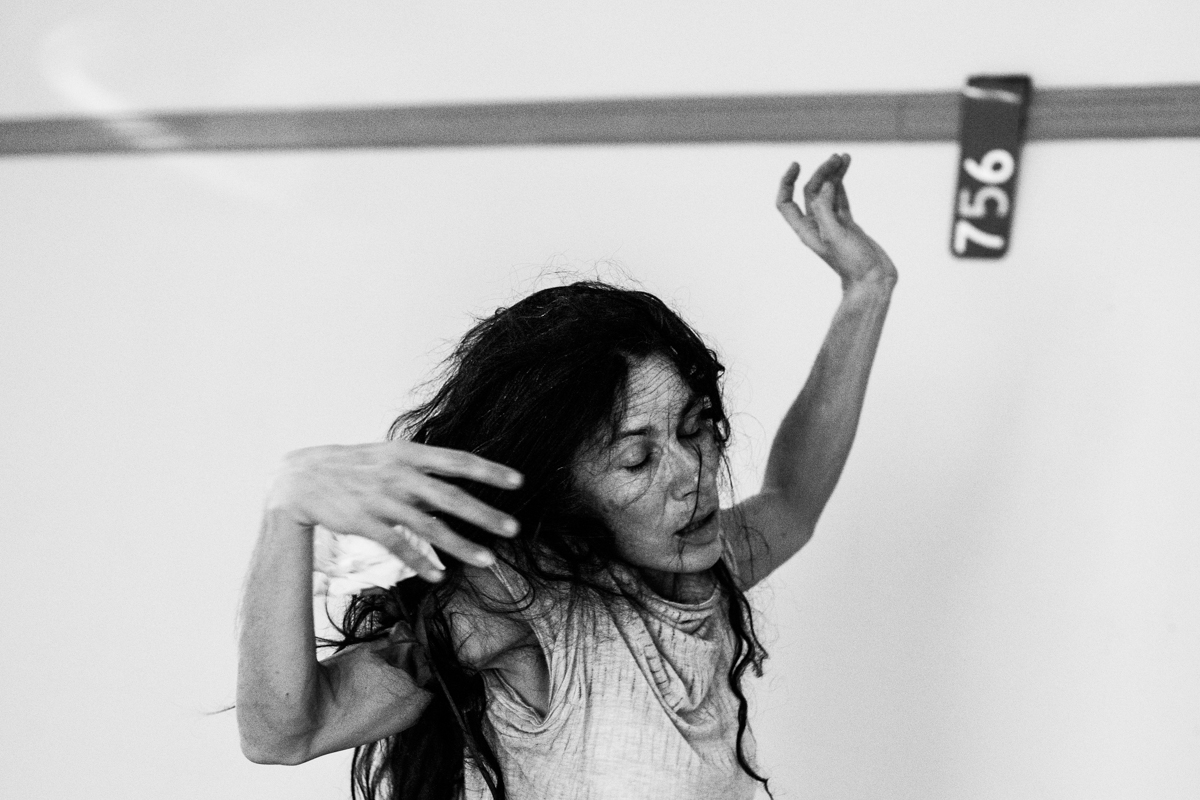

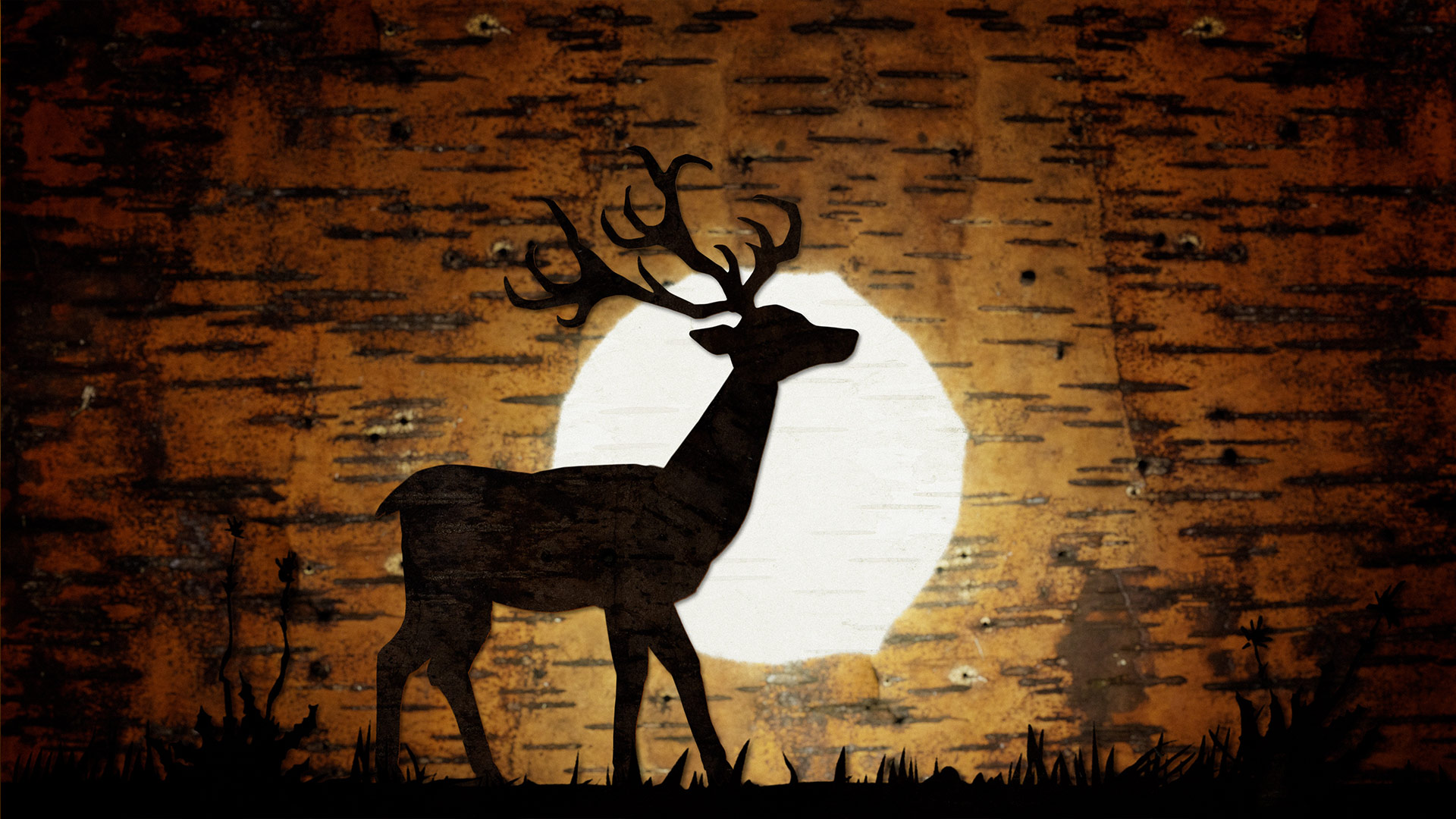
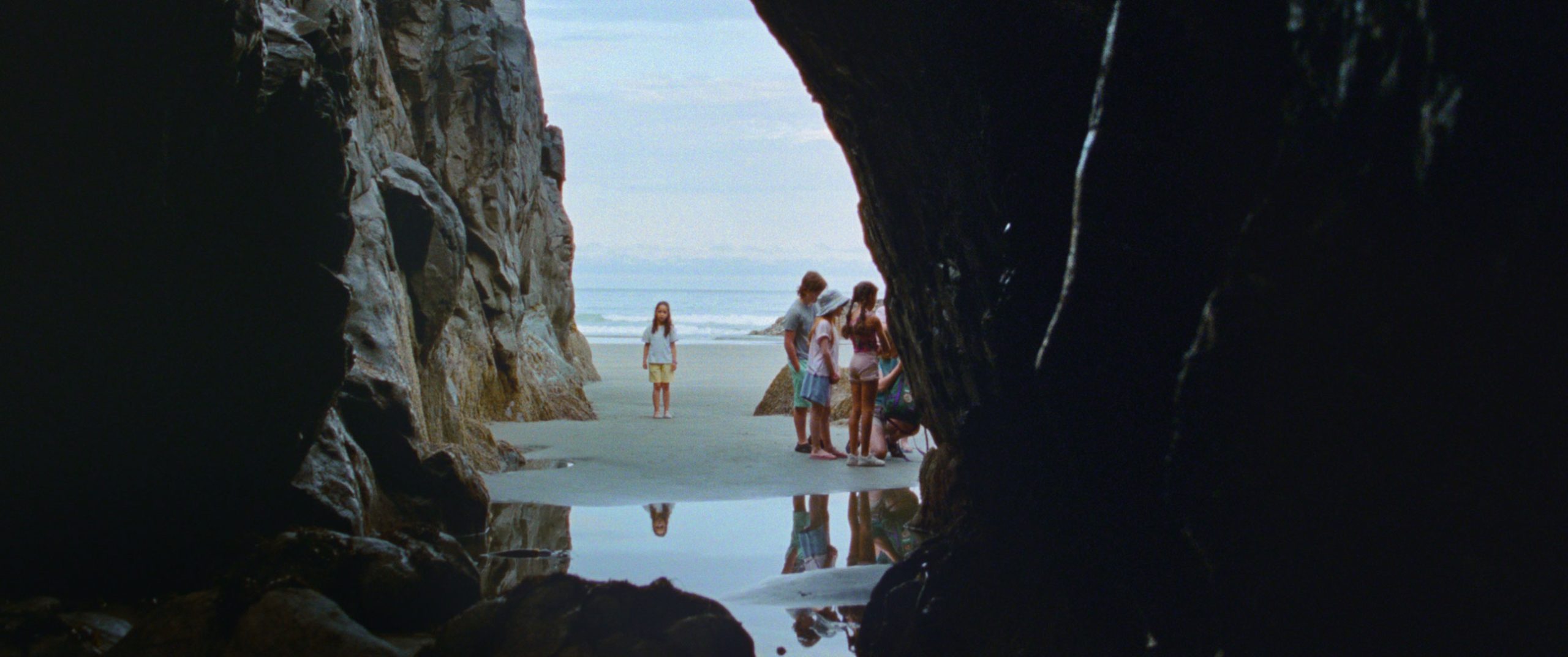
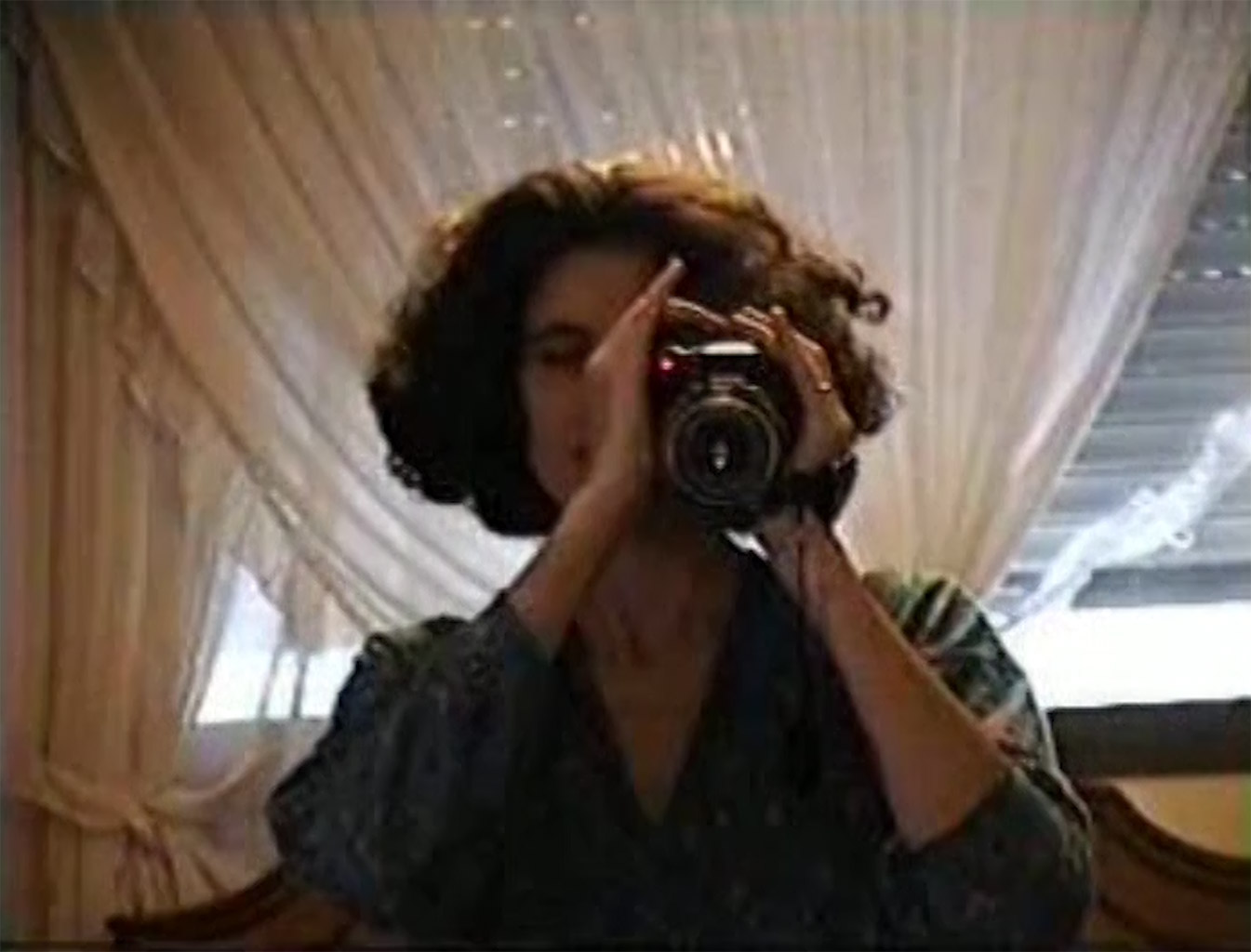
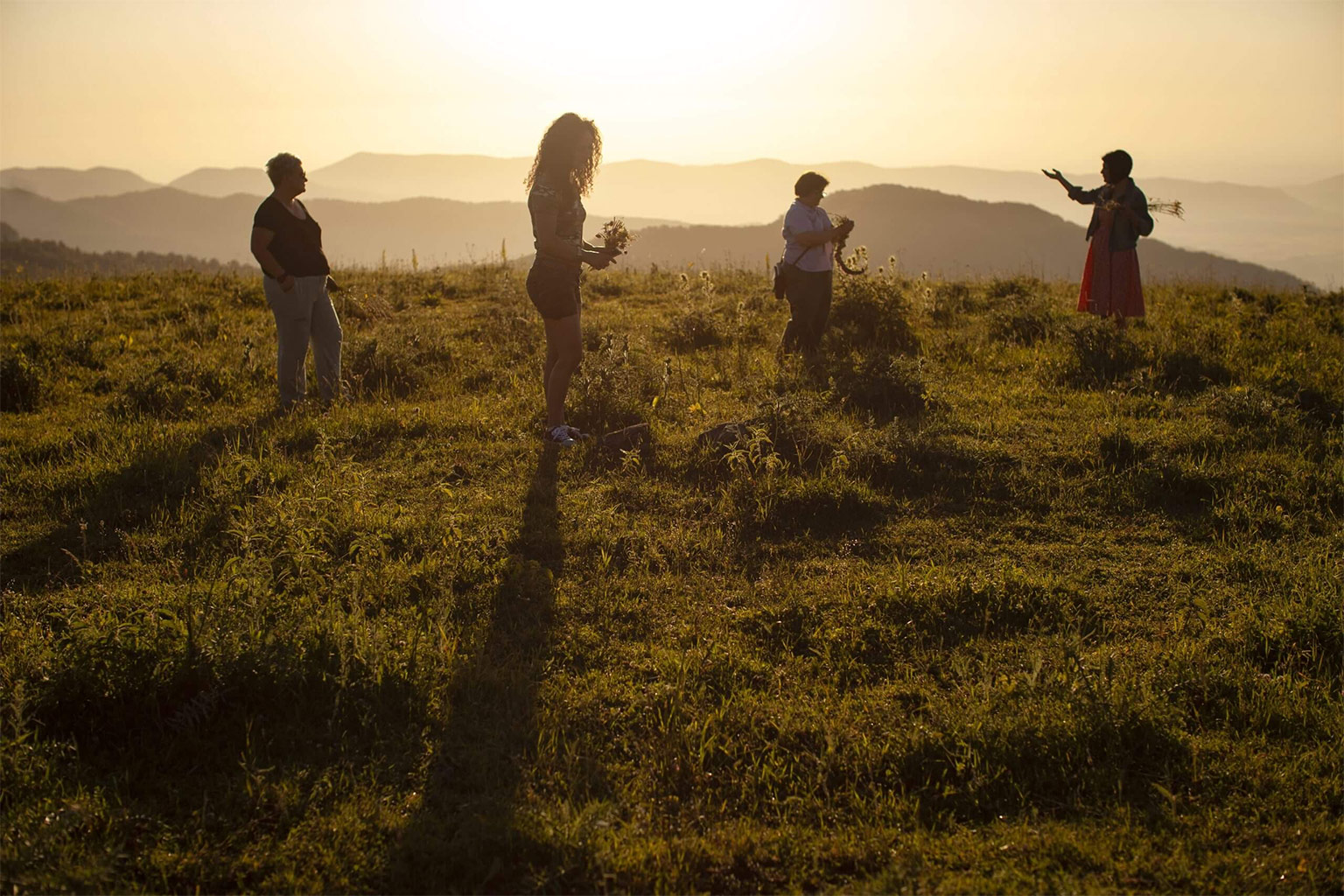
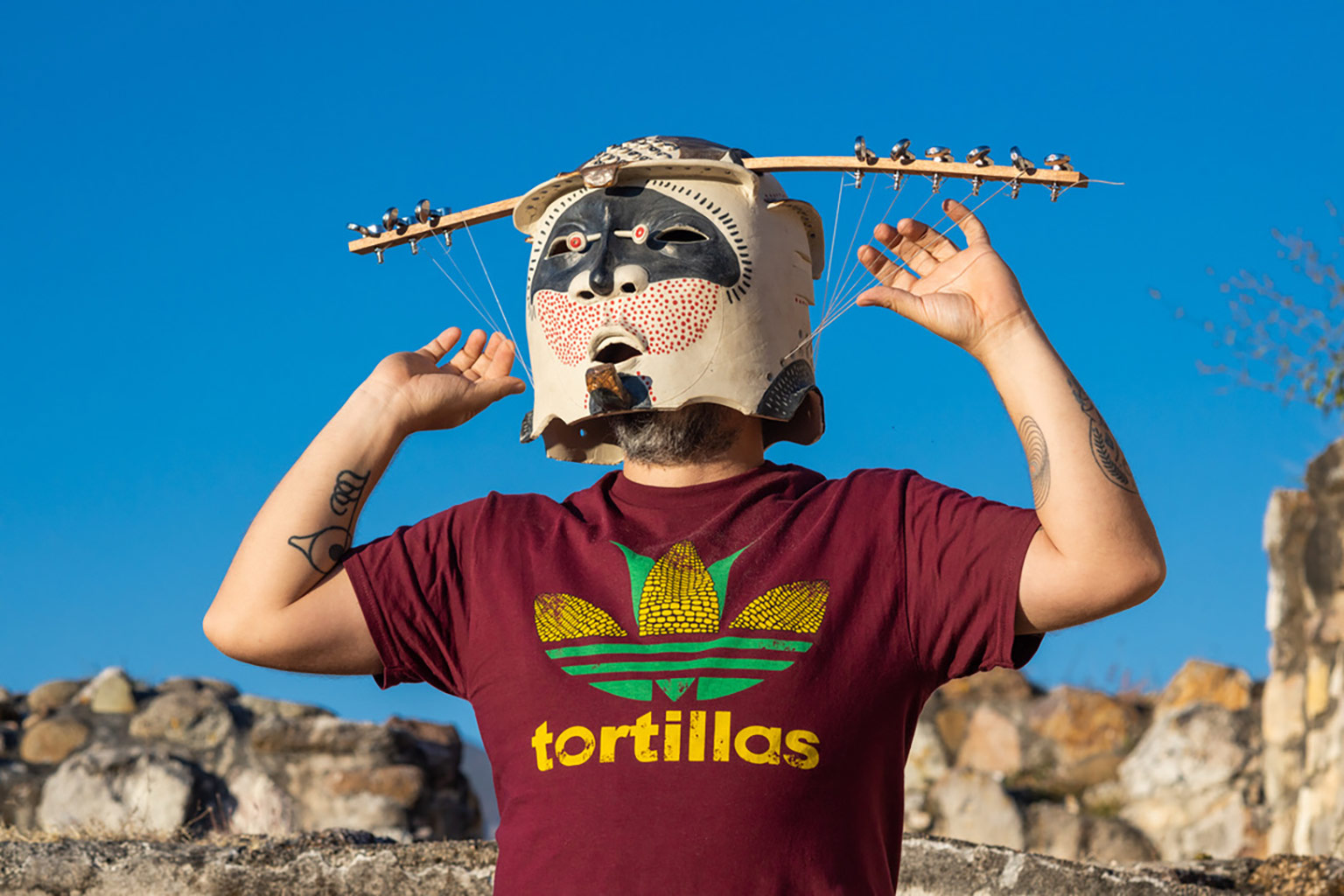
[…] Butoh Dancing (舞踏): Discovering Emptiness, Embodiment & Environment in an Archeology of Body: http://www.redefinemag.com/2013/international-butoh-dancing-emptiness-embodiment-environment-archeol… […]
Hi Yan, Thank you so much for your kind words 🙂 Glad you enjoyed the article!
Even if I was not honored to be interviewed by you in this article, I would still be very impressed with your research and perspective Lital. Thank you for your careful and thorough attention to this important art of our times. Hopefully it will inspire people to attend a performance or workshop themselves as that is really the definitive way for this art to be experienced — directly through the body in real time + space.
[…] ARTICLE: BUTOH DANCING (舞踏): DISCOVERING EMPTINESS, EMBODIMENT & ENVIRONMENT IN AN ARCHAEOLOGY OF BOD… // Redefine […]
[…] Discovering Emptiness, Embodiment & Environment in an Archeology of Body’. Available at: http://www.redefinemag.com/2013/international-butoh-dancing-emptiness-embodiment-environment-archeol… (Accessed: 12 June […]